The Truth About (Concept) Cars

It is auto-show season.
Or at least, it would be in a “normal” year.
Normally, we’d be in New York, bringing you all the concepts from the New York International Auto Show, usually held at the Jacob Javits Convention Center on Manhattan’s west side.
This year, with the world still mostly on pause, we’re at home, missing the sights and sounds.
But that gives us a chance to step back and reconsider something about auto shows: The concept cars themselves.
Many of you may already know this, but for some of you — particularly younger readers — it might be worth it to take a step back and have a refresher of the truth about concept cars.
For those of you who don’t remember the history of auto shows, there was a time when concept cars were glorious machines that previewed what automakers (and sometimes media) saw as a fantastic future. Even if many of these cars had to be pushed on and off stage.
Over time, the idea of the fantastical concept car preview a fantastical future has faded. Mostly gone are the days where a sleek concept was laden with technology that wouldn’t be on sale for years, if ever. Mostly gone are the days when the concept cars were so crazy-looking that one wondered how they could ever make production. Which, to be clear, most didn’t.
Concept cars were once meant to get attention at an automaker’s show stand. Some of the technology and mechanical features might eventually make it into production, and occasionally so did toned-down styling elements.
The game has changed due to cost and other reasons. Show-stopping concepts downshifted, becoming previews of next-gen cars. At first, these concepts were still a bit more wild than mild, but they were closer to production cars in terms of design, technology, and mechanical underpinnings than the concepts that came before.
Now, most concept cars are thinly-veiled previews of the production unit — if they exist at all. Sometimes, automakers don’t even bother with a concept, opting to simply take the wraps off a car that’s pretty much production-ready.
Those concepts that remain tend to hew closely to production plans. Maybe there’s a styling element here or a tech feature there that won’t make production, but what you see on the show stand isn’t terribly different from what you’ll eventually see on the showroom floor.
That’s a shame, since the wonderfully crazy concepts were great for driving attention to brands. Everyone from the automotive media to the average auto-showgoer could be wowed by a concept, and these show cars likely drove many a daydream.
Some radical concepts still exist, and we can’t wait to see them in person again.
That said, the truth about concept cars is that most are just boring now. Make concept cars great again.
[Images: Ford, Chevrolet, Chrysler, Nissan]

Tim Healey grew up around the auto-parts business and has always had a love for cars — his parents joke his first word was “‘Vette”. Despite this, he wanted to pursue a career in sports writing but he ended up falling semi-accidentally into the automotive-journalism industry, first at Consumer Guide Automotive and later at Web2Carz.com. He also worked as an industry analyst at Mintel Group and freelanced for About.com, CarFax, Vehix.com, High Gear Media, Torque News, FutureCar.com, Cars.com, among others, and of course Vertical Scope sites such as AutoGuide.com, Off-Road.com, and HybridCars.com. He’s an urbanite and as such, doesn’t need a daily driver, but if he had one, it would be compact, sporty, and have a manual transmission.
More by Tim Healey
Latest Car Reviews
Read moreLatest Product Reviews
Read moreRecent Comments
- Bd2 I hope Elon eats one for dinner.
- Wjtinfwb I really like these, but can't shake the voice in my head that says, "$9000 will just be the starting point. You'll have 20 grand in this baby inside of 18 months".
- SCE to AUX I hope they're buying good lawyers, too.
- SCE to AUX Nothing to see here. Gas prices 2021-23 were the same as they were in 2007-2008, adjusted for inflation. The R's were in charge then.https://www.randomuseless.info/gasprice/gasprice.html
- VoGhost Just reminding us all that we have to tolerate dealers (many of whom are billionaires) in the US if we want new legacy ICE vehicles because the dealers pay for the campaigns of local politicians, with our money.



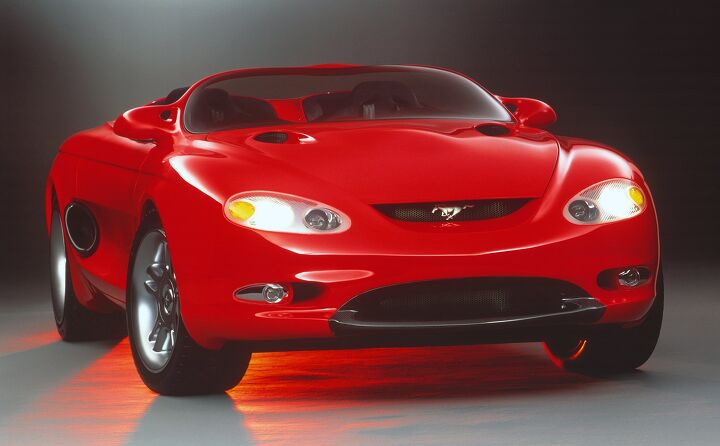



















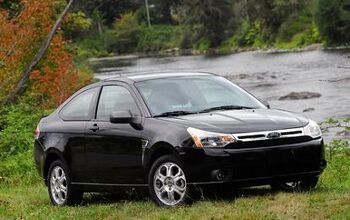
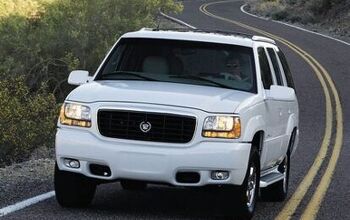
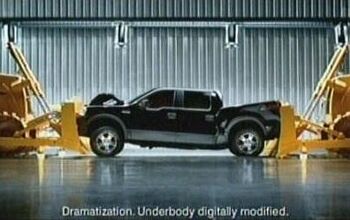
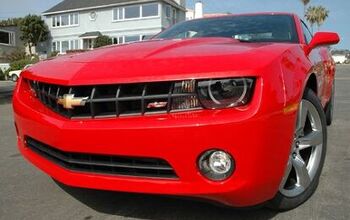
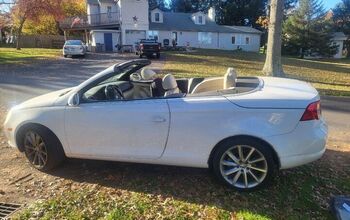

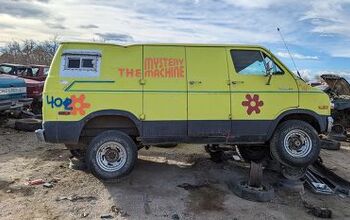
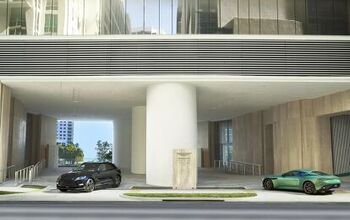
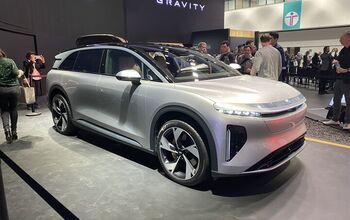
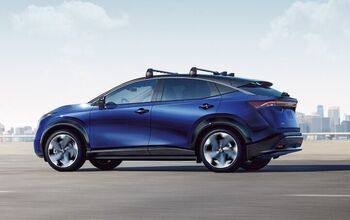
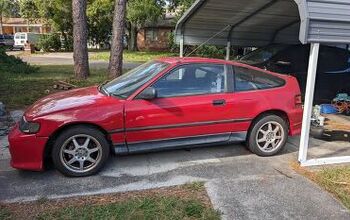
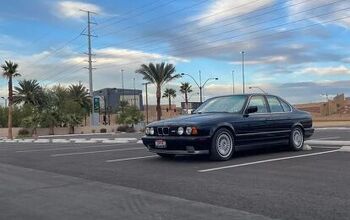
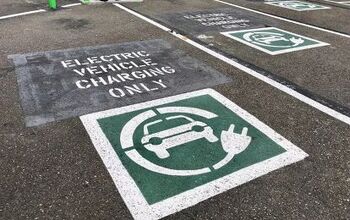
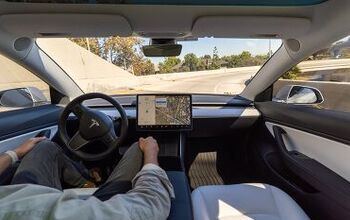
Comments
Join the conversation
If you were a super-mediocre sports team, would you do a lot of trash talking before each game? Probably not. Yet this is the role of 'concept cars' from the legacy OEM's. Refer to the five vehicles here and note the year each was 'introduced': https://www.gmheritagecenter.com/gm-vehicle-collection/index.html What is the point? ['This is what we could do if we wanted to, but we're not going to, so keep buying the actual crap we build?' I don't get it.]
What was laughable is that the car mags would continue to buy into the fantasy as if the concept was really headed for production as is, if only to sell copy. Ford had its Lincoln Continental concept and Ford 427 concept that essentially were styling exercises for the FWD Zephyr/MKZ and Fusion, or the Interceptor that was the same for the 2010 Taurus.